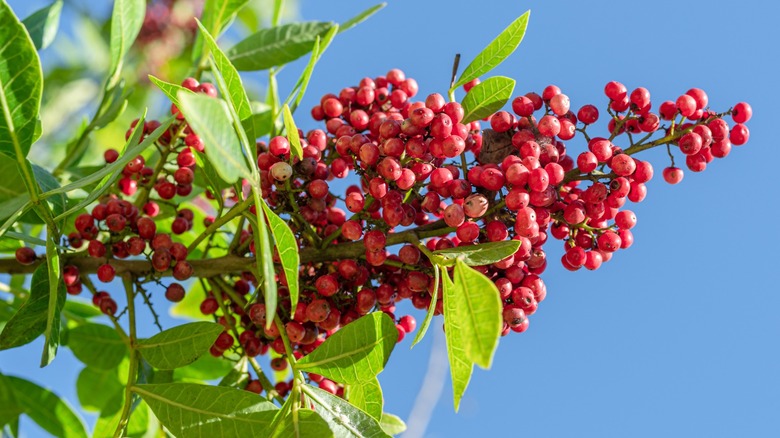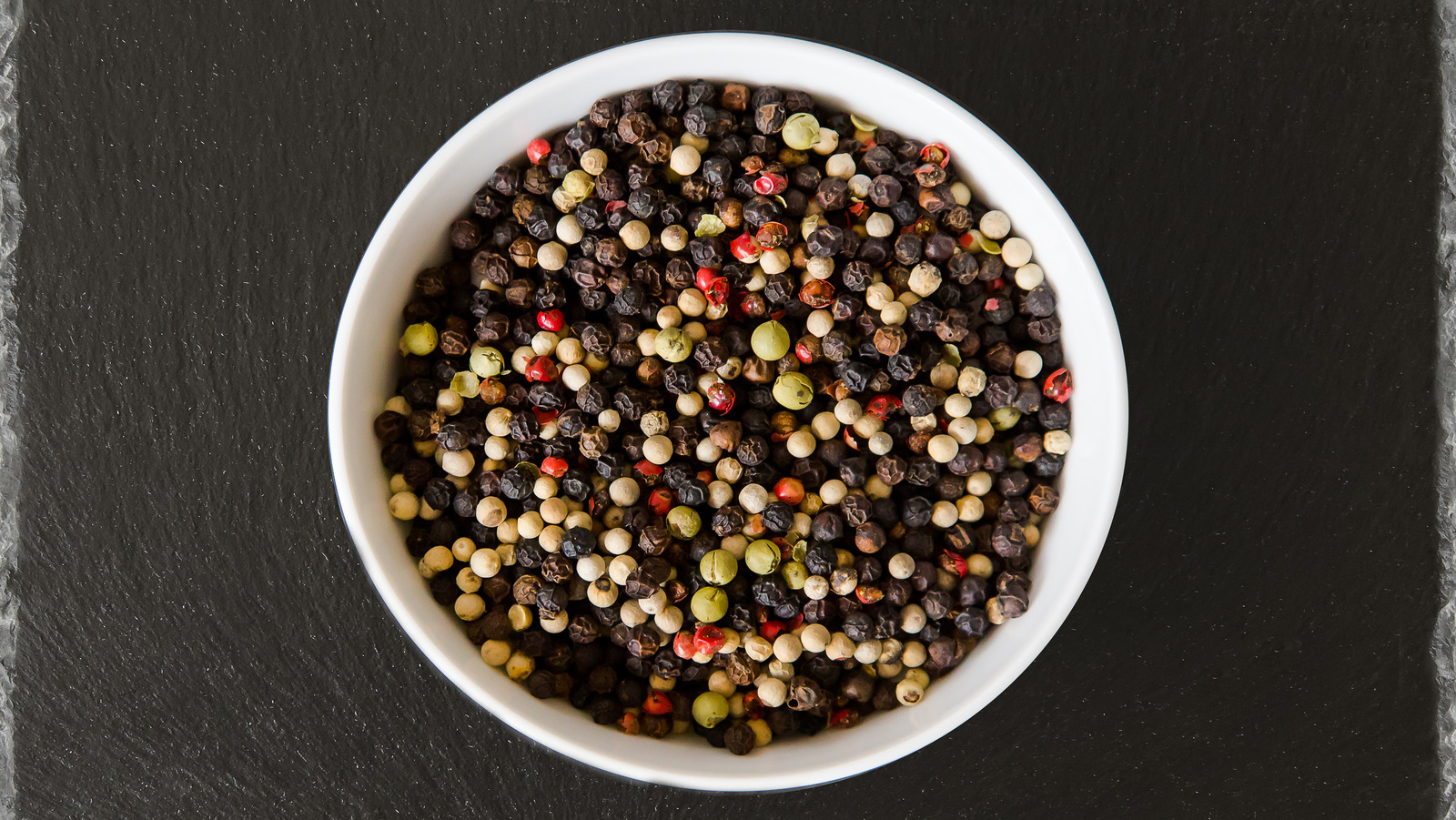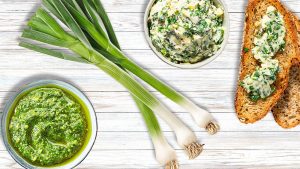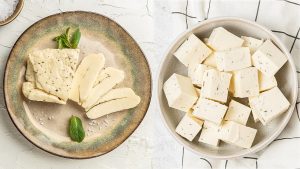If you do any cooking at all, you probably have a black pepper shaker on your counter. And if you make steaks (such as peppercorn-crusted tuna steaks), rich sauces, or any dish where you want that extra fresh boost of peppery flavor, there’s a good chance you have whole black peppercorns (and a grinder) in your pantry. But while this is a popular ingredient in the U.S., it’s not the only type of peppercorn out there. You can find versions in green (which also make a tasty green peppercorn sauce), red, white, pink, and rainbow, with each bringing something a little different to the table.
So, what exactly goes into those rainbow jars? Here you’ll find a medley of peppercorn colors, which typically involve a combination of black, white, pink, and green. Some containers may have a little allspice berries added, too. When you grind all the kernels together, not only do you get a beautiful blend of colors, but your dish will reap the benefits of each one’s flavor. Black offers that familiar earthy spice, white more brightness along with light earthiness, green a fresh kick, and pink notes of sweetness and fruit.
One of these peppercorns is not like the others

Although all the components of this rainbow blend are called peppercorns, they technically don’t all fall under the same botanical umbrella. The black, white, and green peppercorn types all come from the Piper nigrum plant, and the differences essentially boil down to when the peppercorns (the fruit of the plant) are picked. Black are harvested and dried the earliest, just before the fruit ripens, which gives them their dark hue.
White are picked after ripening, soaked in water, and then their red outer layer is removed, leaving behind only the white insides. Green peppercorns, meanwhile, are cultivated and freeze-dried long before ripening. The pink beads, however, come from the Brazilian plant Schinus terebinthifolius, or the Peruvian Schinus molle, which is why they’re the only ones that offer sweetness.
Because it contains such a variety of flavors, rainbow peppercorn is incredibly versatile. Use it anywhere you’d like a lightly sweet, earthy, spicy taste. If you want all the different flavors to shine through as much as possible, you may want to deploy it as a finishing touch on dishes such as pasta, chicken, fish, or even a peppery dirty Martini. However, feel free to incorporate it in sauces, salads, sandwiches, marinades, dressings, dips, syrups, risotto, and sautéed or roasted veggies, where this colorful seasoning will allow you to truly taste the rainbow.







